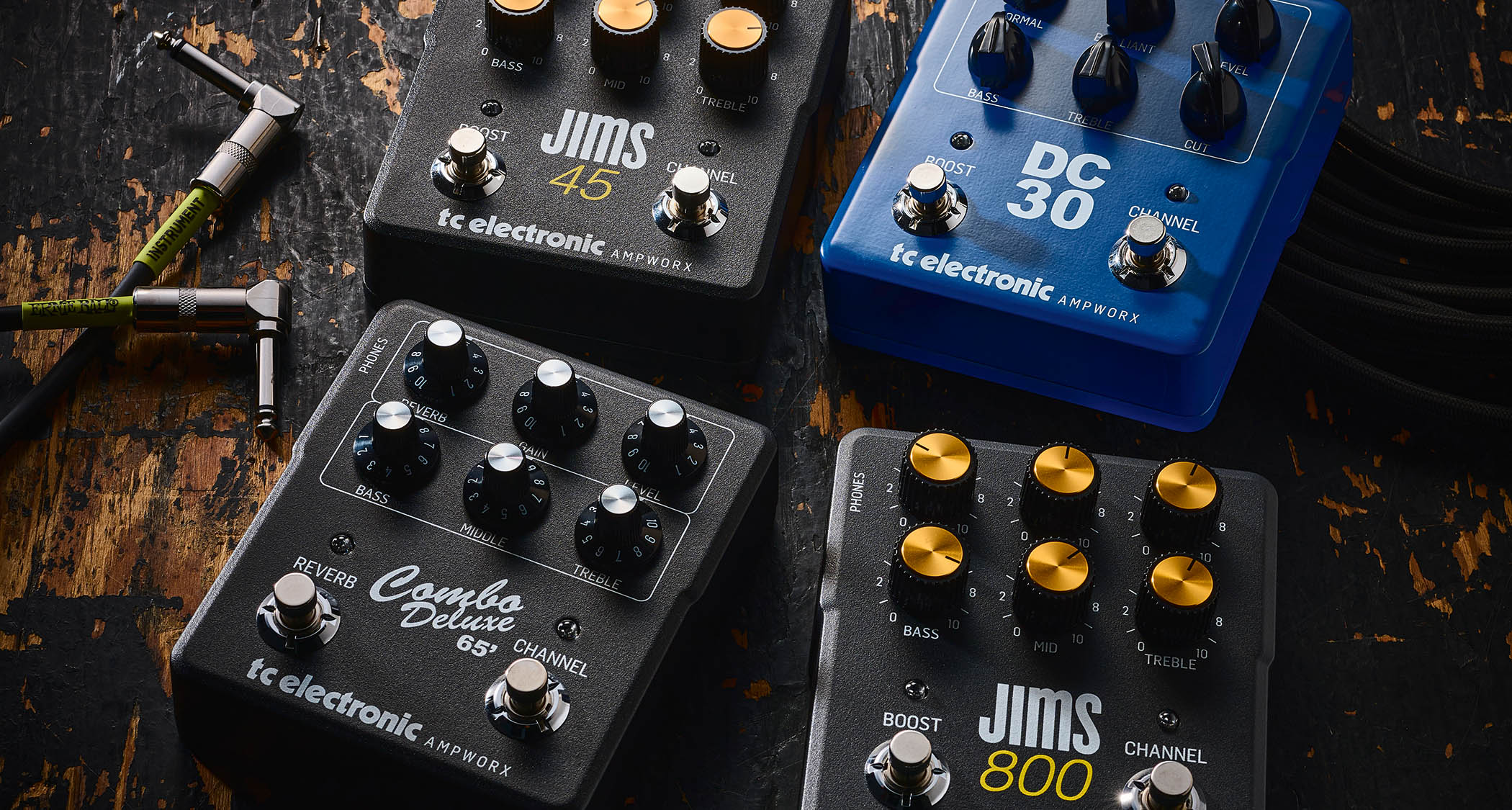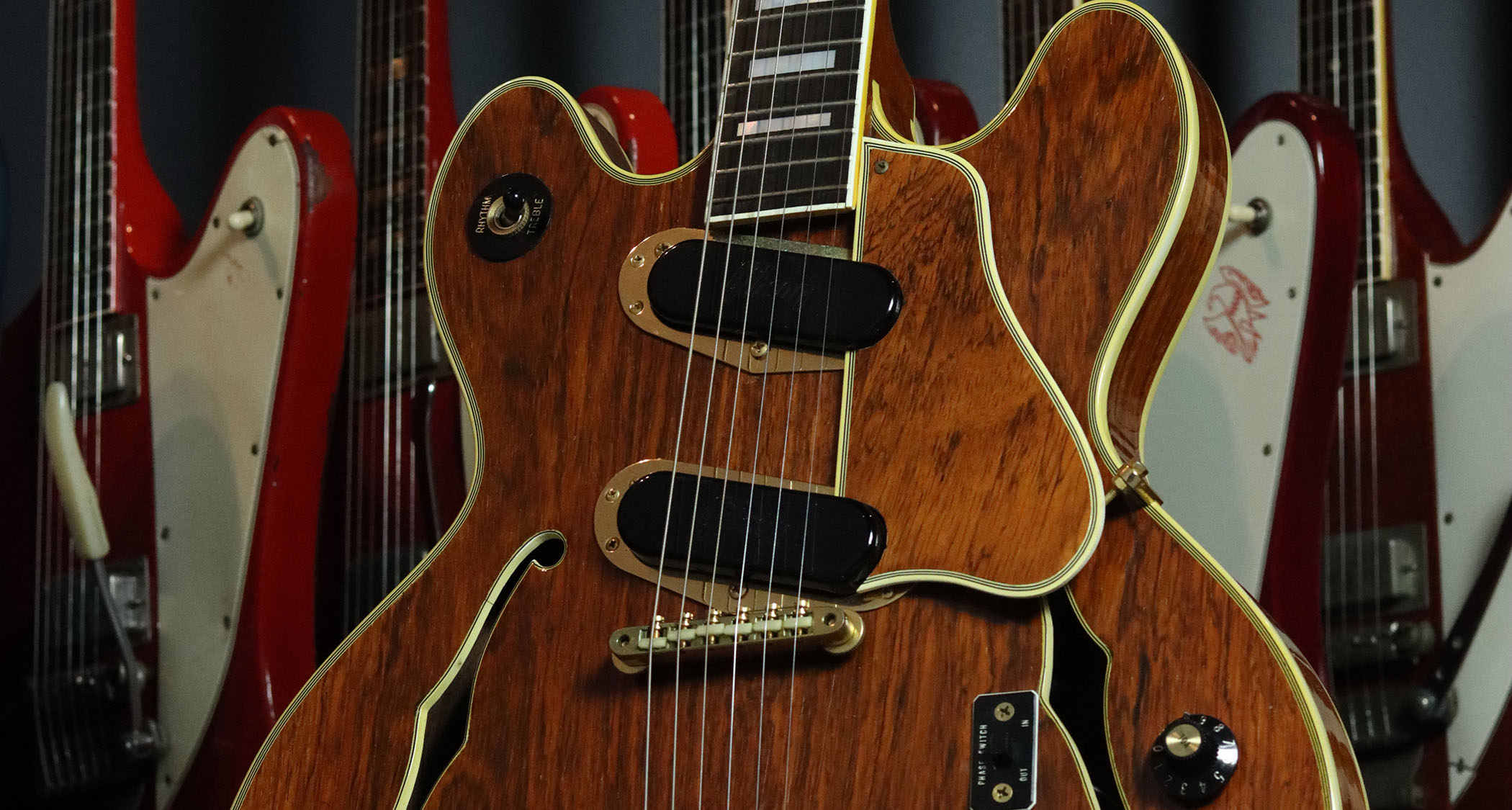Guitar World Verdict
Straightforward and hands-on, this set of pedals has been carefully designed to deliver in live, practice and recording scenarios. Look elsewhere if you’d like a variety of amp types in a compact pedal, but if you know what type of amp sound you want, then one of the AmpWorx series will provide you with a flexible workhorse at a very attractive price.
Pros
- +
Affordable.
- +
Hands-on ease of use.
- +
Twin-channel design.
- +
Cabinet emulation.
- +
Headphone output.
- +
Useful mods on original amps.
Cons
- -
No battery power.
- -
Momentary lag in changing the knob settings.
- -
Headphone practice sound would benefit from reverb.
You can trust Guitar World
It’s a familiar part of the market now – the relatively compact, digitally modeled amp emulator pedal that sits on your pedalboard or your desktop and is equipped with enough facilities to fulfil a number of functions in live work, recording and practice.
Strymon may have kickstarted the trend with its Iridium, which has three onboard amp types, but it was soon followed by others with multiple built-in amps, and some that modeled one specific guitar amp such as those in Universal Audio’s UAFX range - including the recent Dumble-modelling Enigmatic '82.
TC Electronic’s AmpWorx range falls into that latter category of single-amp modeling, and the range is divided into three pedals in each the Vintage and Hi-Gain Series. It’s predominantly the Vintage Series that we’re taking a close look at here, plus the only Brit in the Hi-Gain Series, the JIMS 800 – a take on a more contemporary JCM800 Marshall amp, which sits alongside takes on a Mesa Dual Rectifier and a Peavey 5150.
The three Vintage Series amps are based on models from 1965: the Combo Deluxe 65’ [strange use of the apostrophe, we know] is based on a black-panel Fender Deluxe Reverb, the DC30 recreates a Vox AC30 Top Boost, and the JIMS 45 – affectionately named, we assume, after Jim Marshall – is modeled on a Marshall JTM45.
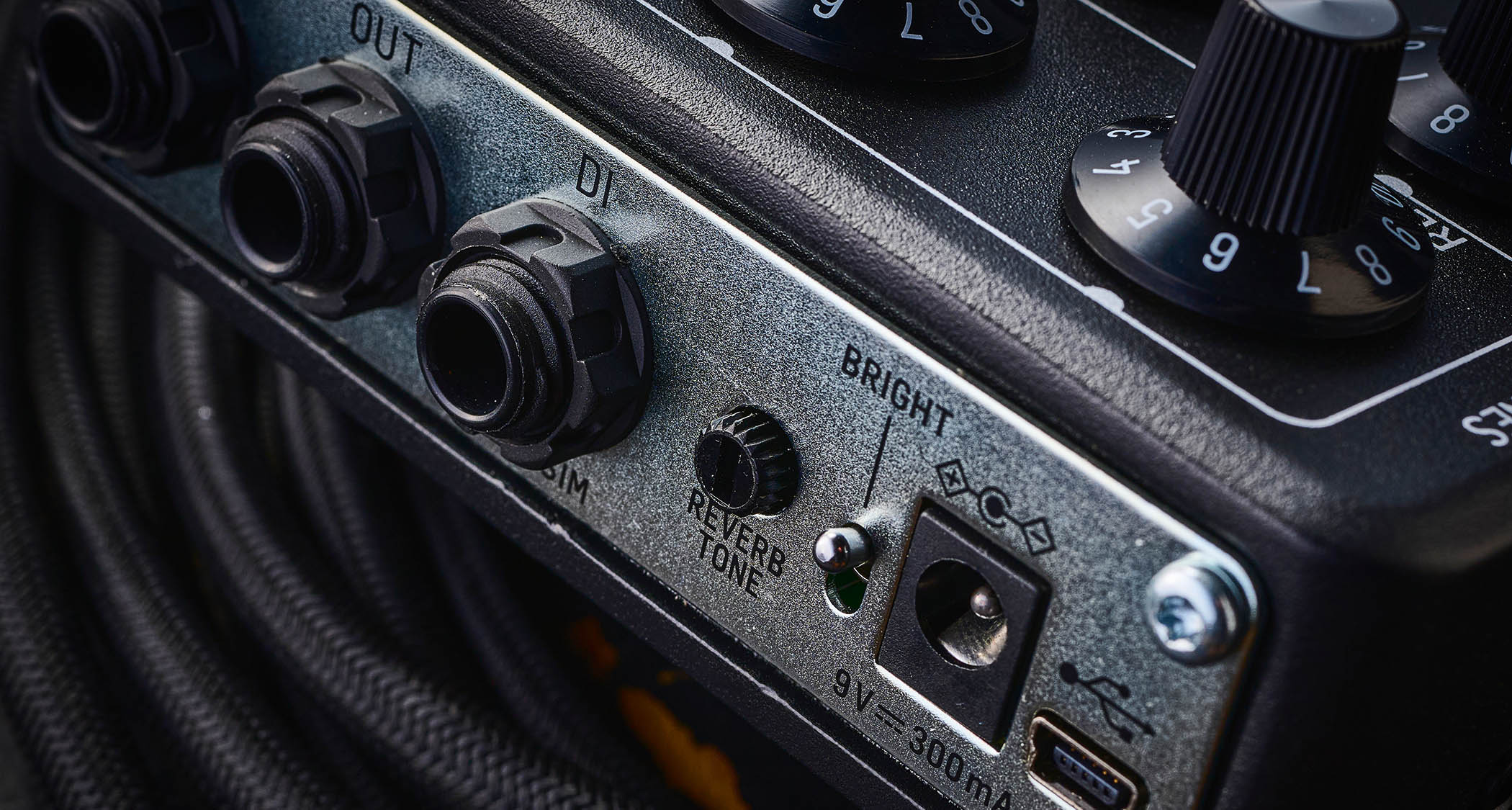
TC Electronic says that in all cases every aspect of the original amp has been recreated in painstaking detail, right down to each component in the circuit. However, the company has added some custom modifications for more flexibility in dialling in tones.
While each pedal is based on an individual amp and has a different function for its six-knob/twin-footswitch control surface, there are some features common to all. The output jack, for example, allows the raw sound of the pedal to be sent to an amp’s effects loop return or to some other power amp and speaker setup.
Alternatively, you can just plug it into the front of your amp, although that would require a greater degree of tweaking. There’s also a DI output with speaker emulation that can see the pedal employed for direct recording, or connect to the sound system or to a FRFR speaker for a live show.
All the latest guitar news, interviews, lessons, reviews, deals and more, direct to your inbox!
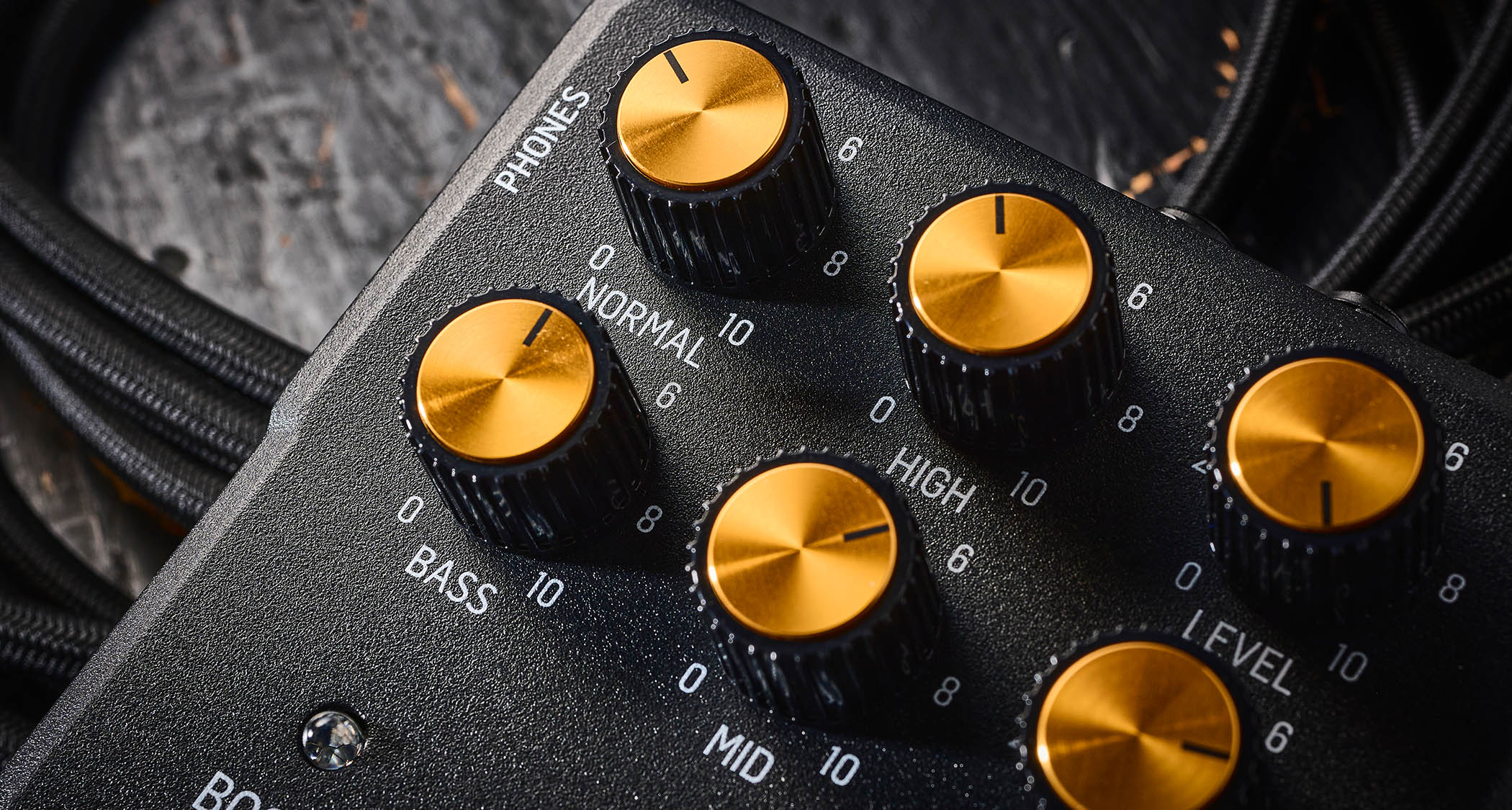
The speaker emulation, which consists of a single Celestion IR optimised for the pedal, also extends to a headphone output, allowing some silent practice.
Each pedal actually has two amp channels (Green for clean sounds, Red for a gainier sound) that are selected via its Channel footswitch. The default status, as shipped, is that the pedal is always active, but you can easily change the Channel footswitch function to Bypass for standard stompbox use (with the last selected channel).
With the exception of the Combo Deluxe 65’ model, which has footswitchable reverb, each pedal’s second footswitch brings in a boost. A rear‑panel Pre/Post toggle switch determines whether this operates before the amp for +12dB of gain boost, or after it for kicking up the volume by +4dB.
In Use
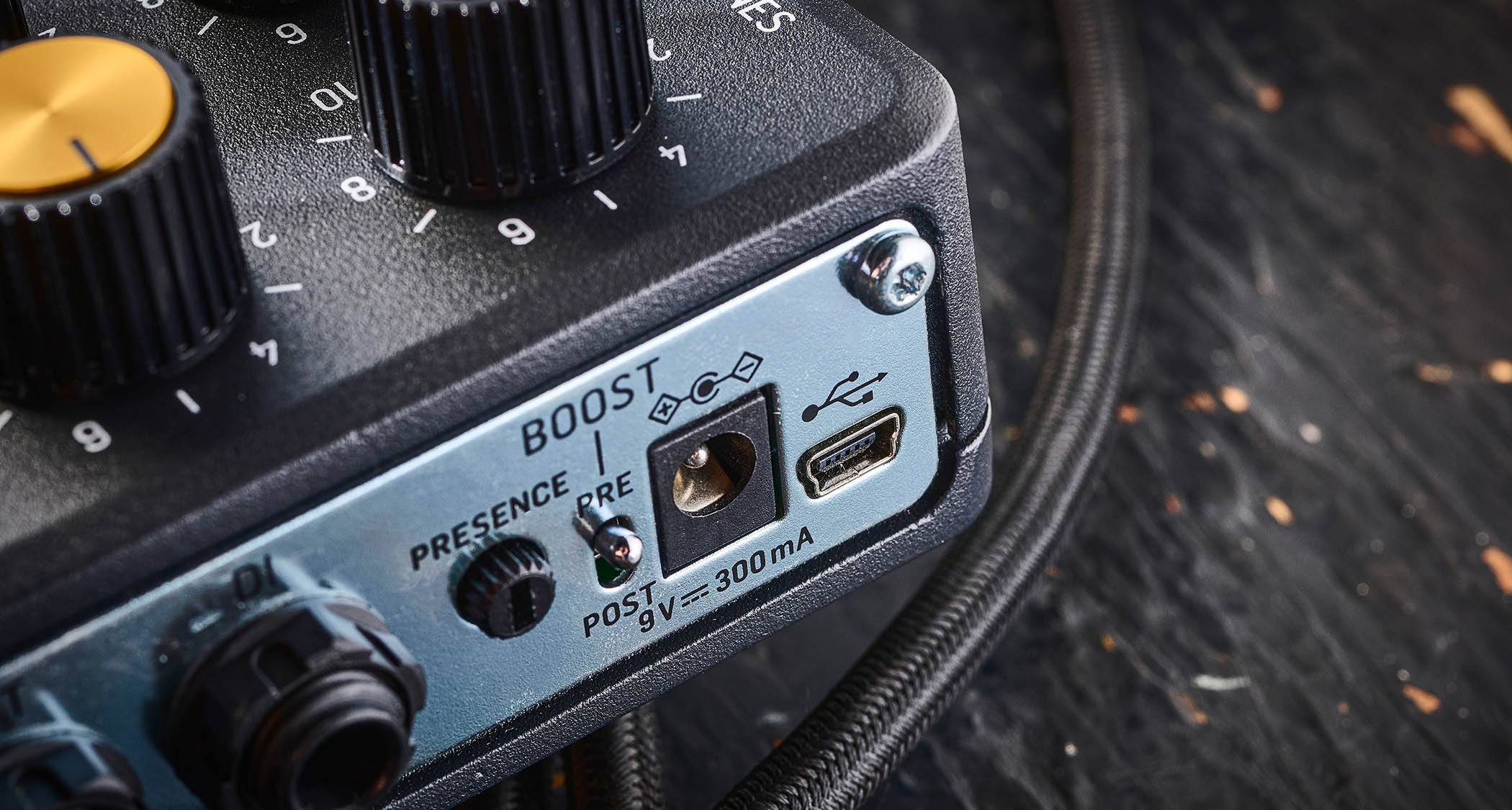
Checking out the pedals in a variety of scenarios proves them totally fit for purpose. Each provides the flavour of the amp they’re modelling, although in some cases the range of sounds is extended.
The Combo Deluxe 65’ features a Mid knob, which the original never had, but retains the clean and ‘edge of break-up’ sounds that make it a favoured pedal platform.
Meanwhile, the JIMS 45 adds flexibility via a tweaked tonestack and has a Treble bleed mod for sweeter high-mids. There’s also a Gain mod for a touch more level to the second gain stage, delivering an enhanced take on the higher gain Marshall rock sounds in contrast to the sparkly cleans and vintage Marshall drive of the JIMS 45.
Both the JIMS 45 and the DC30 have separate knobs for adjusting the gain of their Normal and Bright signal paths, offering the either/or option or juxtaposition of the two to zero in your preference for the amount of drive and its tonal content.
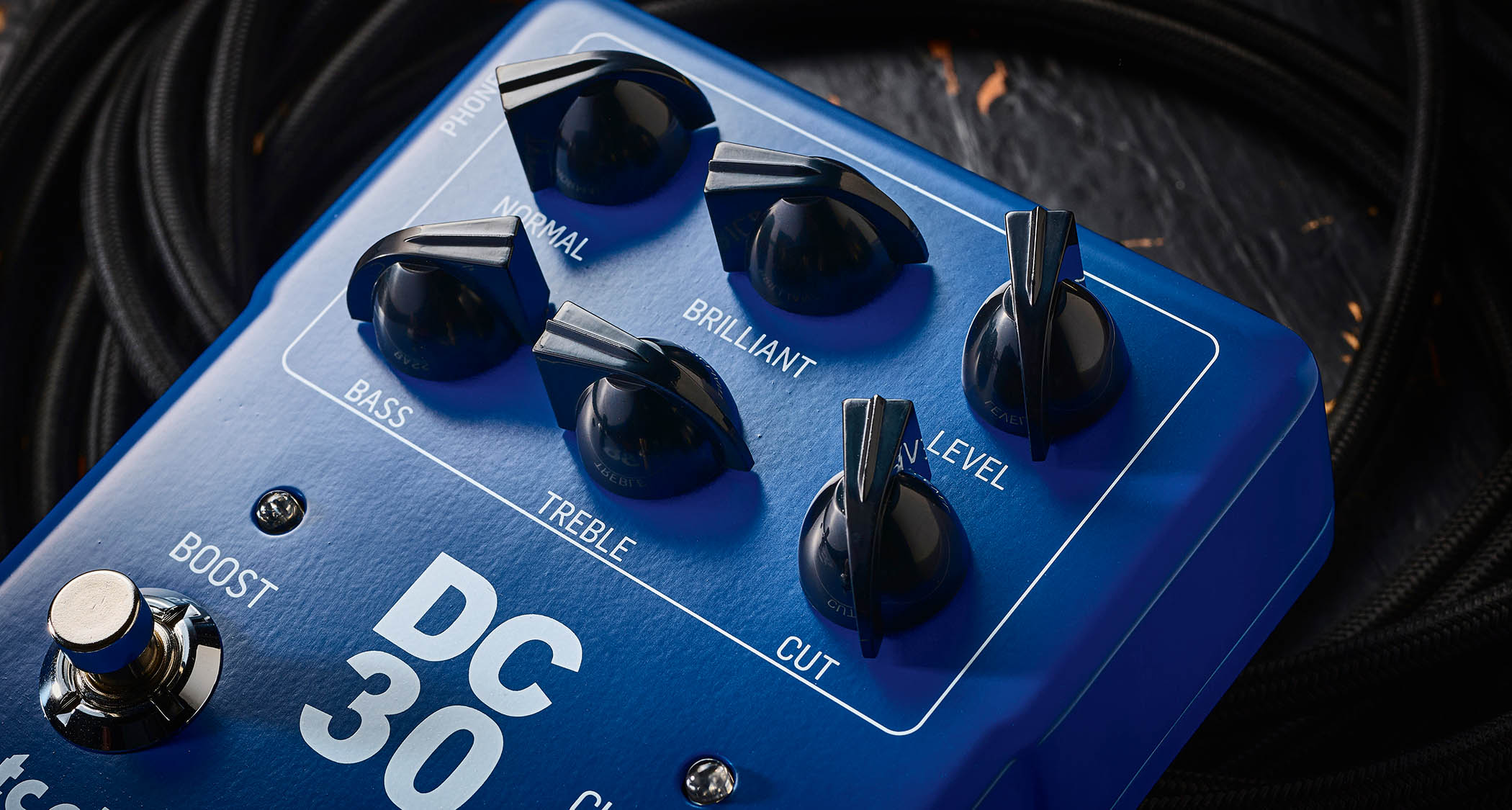
Although you only get a single IR for each pedal, they have been sympathetically chosen to mimic the real-world scenario and all do the job well.
The Combo Deluxe 65’ has a Celestion 12-inch G12M Creamback, and you also get those in a 4x12 cabinet configuration with the JIMS 45. The JIMS 800’s 4x12 cabinet is loaded with Celestion G12-65 speakers, and the DC30 gets the correct 2x12 Celestion Alnico Blue combo speaker simulation.
Recording into our DAW through the cab-sim output yields very positive results. And while some may wonder why the USB port hasn’t been set up to load different IRs, the answer is you can’t have everything at such a low price point and such a facility would be to the detriment of the ease of use.
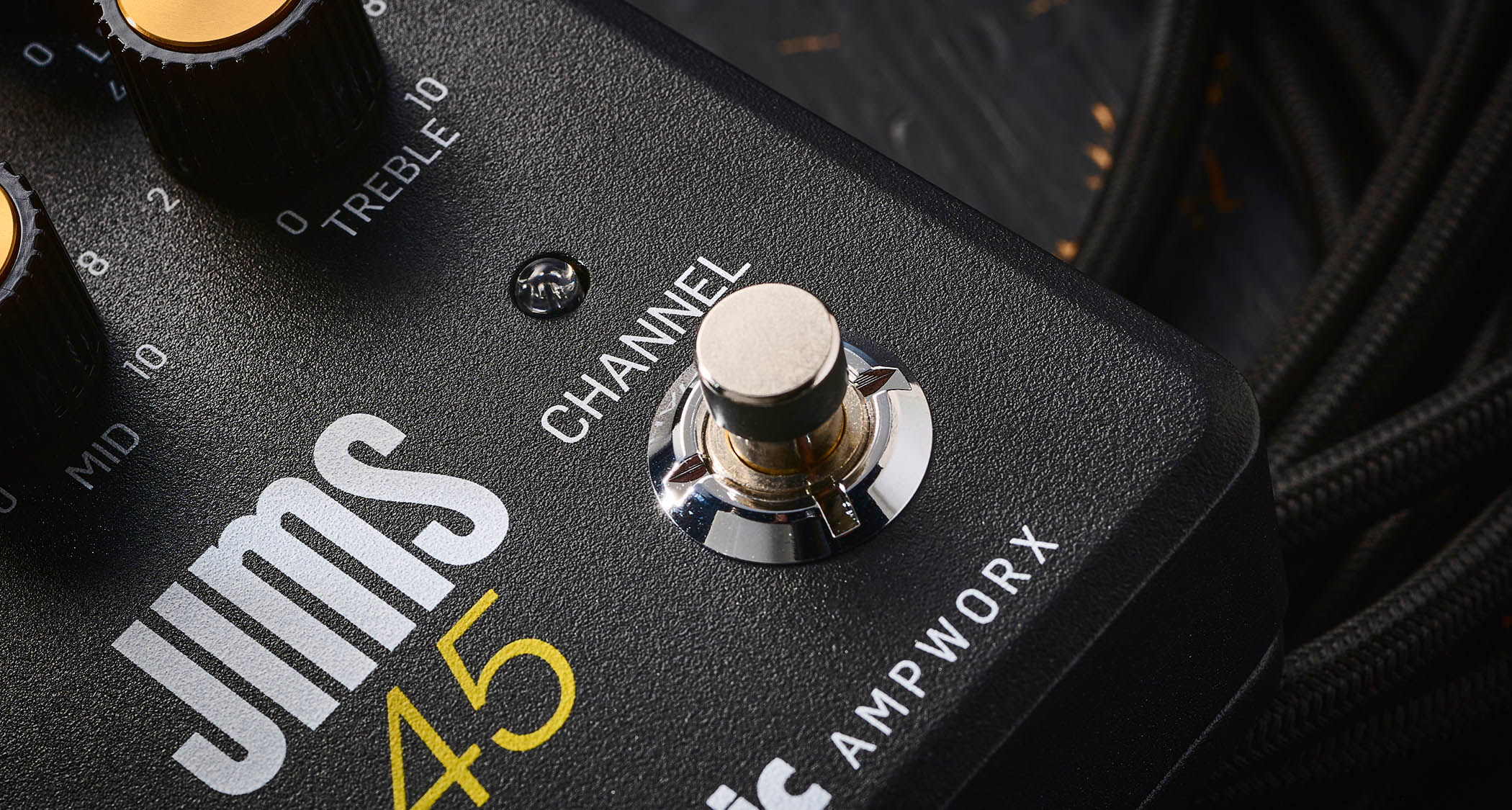
Of course, if you’d like to use a different IR, you can record the other output of the pedal into your DAW and use any IR plugin – though you'd need an Ir loader pedal live. When using the amp pedals for headphone practice, the cab sims give you a fine playing sound, but the Combo Deluxe 65’ has the added bonus of nicely adjustable reverb to open up the ambiance.
If you’re going to use the pedals on stage, the footswitching facilities will be important. Internally, the Green and Red channels differ slightly, but they’re still two sides of the same coin and you can set them up accordingly to complement each other.
You can set different knob settings for each channel, and the pedal automatically stores those settings so they are recalled when switching. If a channel has the Boost active (or the Reverb for the Combo Deluxe 65’), that’s also remembered when channel switching, and in all cases the boosts add great flexibility.
Verdict
Straightforward and hands-on, this set of pedals has been carefully designed to deliver in live, practice and recording scenarios.
Look elsewhere if you’d like a variety of amp types in a compact pedal, but if you know what type of amp sound you want, then one of the AmpWorx series will provide you with a flexible workhorse at a very attractive price.
Specs
TC Electronic AmpWorx Combo Deluxe 65’
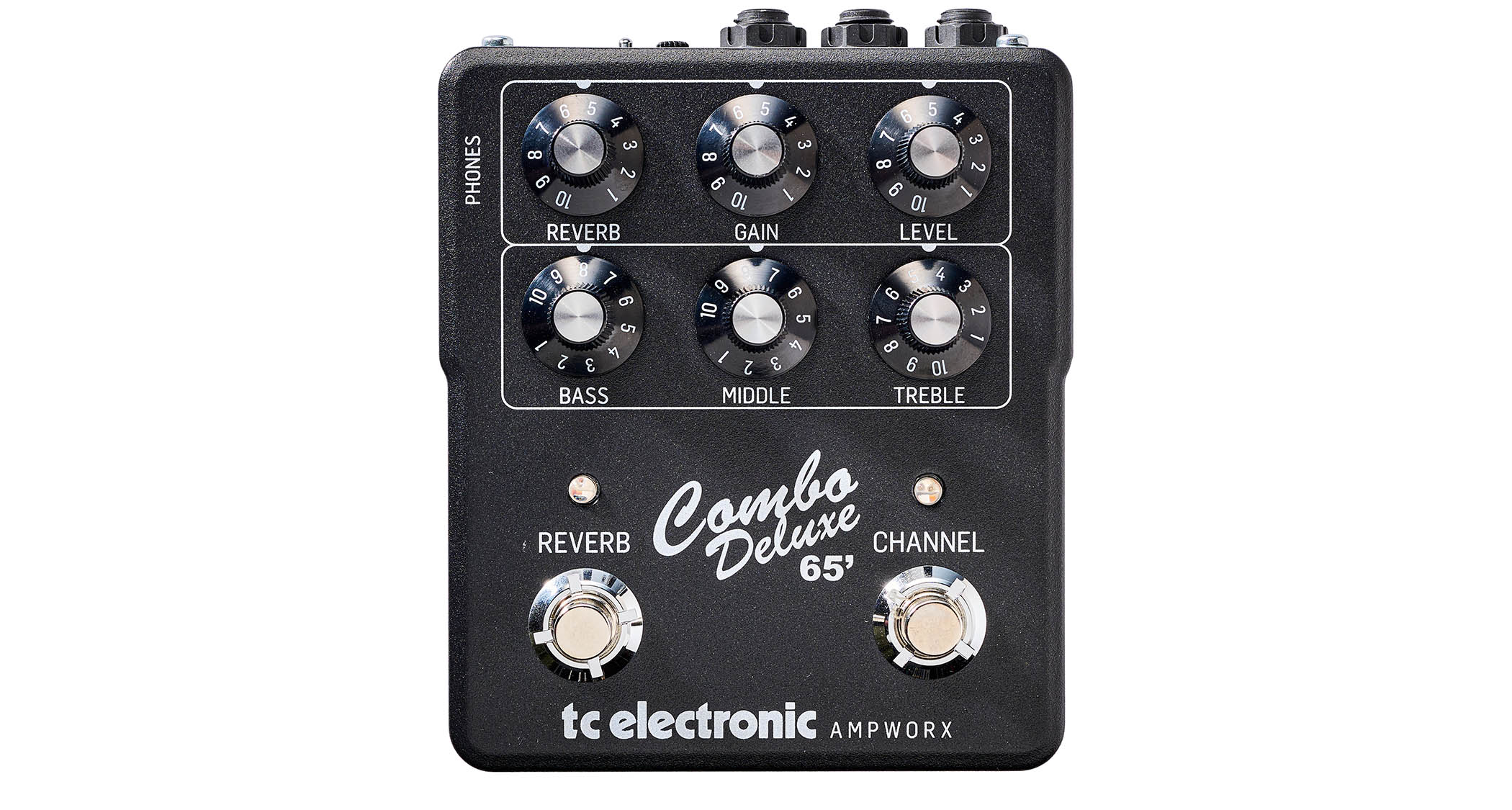
- PRICE: £129
- ORIGIN: China
- TYPE: Preamp pedal with modelled amp sound and speaker emulation
- FEATURES: Buffered bypass, 2x channels, speaker-emulated DI and headphone outputs
- CONTROLS: Reverb, Gain, Level, Bass, Middle, Treble, Reverb Tone, Bright switch, Reverb footswitch, Channel footswitch
- CONNECTIONS: Standard input, Standard Output, Standard TRS DI output, 1/8” headphones output, USB
- POWER: 9V adaptor (not supplied) 300mA
- DIMENSIONS: 112 (w) x 135 (d) x 50mm (h)
TC Electronic AmpWorx Jims 45
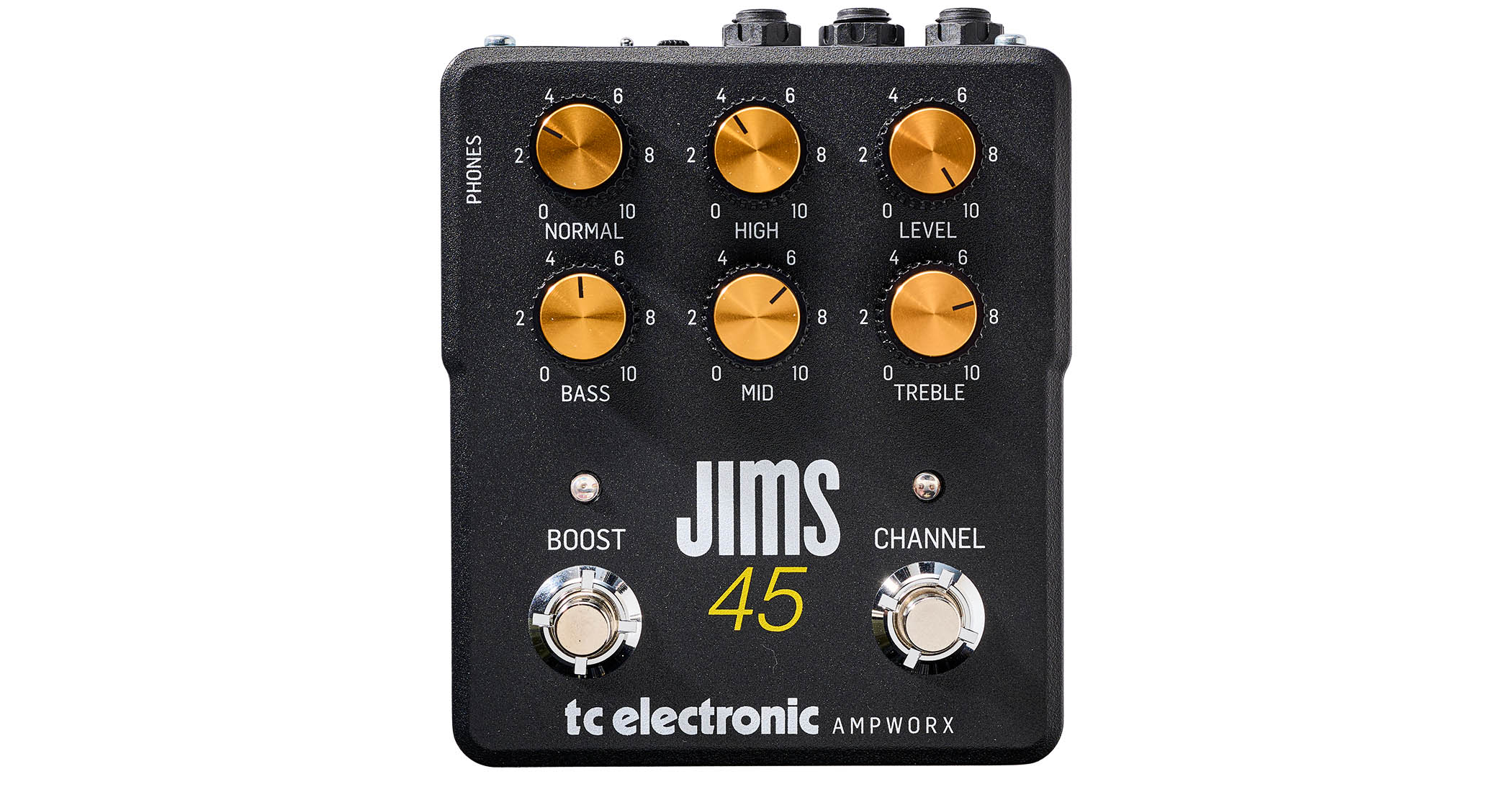
- PRICE: £129
- ORIGIN: China
- TYPE: Preamp pedal with modelled amp sound and speaker emulation
- FEATURES: Buffered bypass, 2x channels, speaker-emulated DI and headphone outputs
- CONTROLS: Normal, High, Level, Bass, Mid, Treble, Presence, Pre/Post switch, Boost footswitch, Channel footswitch
- CONNECTIONS: Standard input, Standard Output, Standard TRS DI output, 1/8” headphones output, USB
- POWER: 9V adaptor (not supplied) 300mA
- DIMENSIONS: 112 (w) x 135 (d) x 50mm (h)
TC Electronic AmpWorx DC30
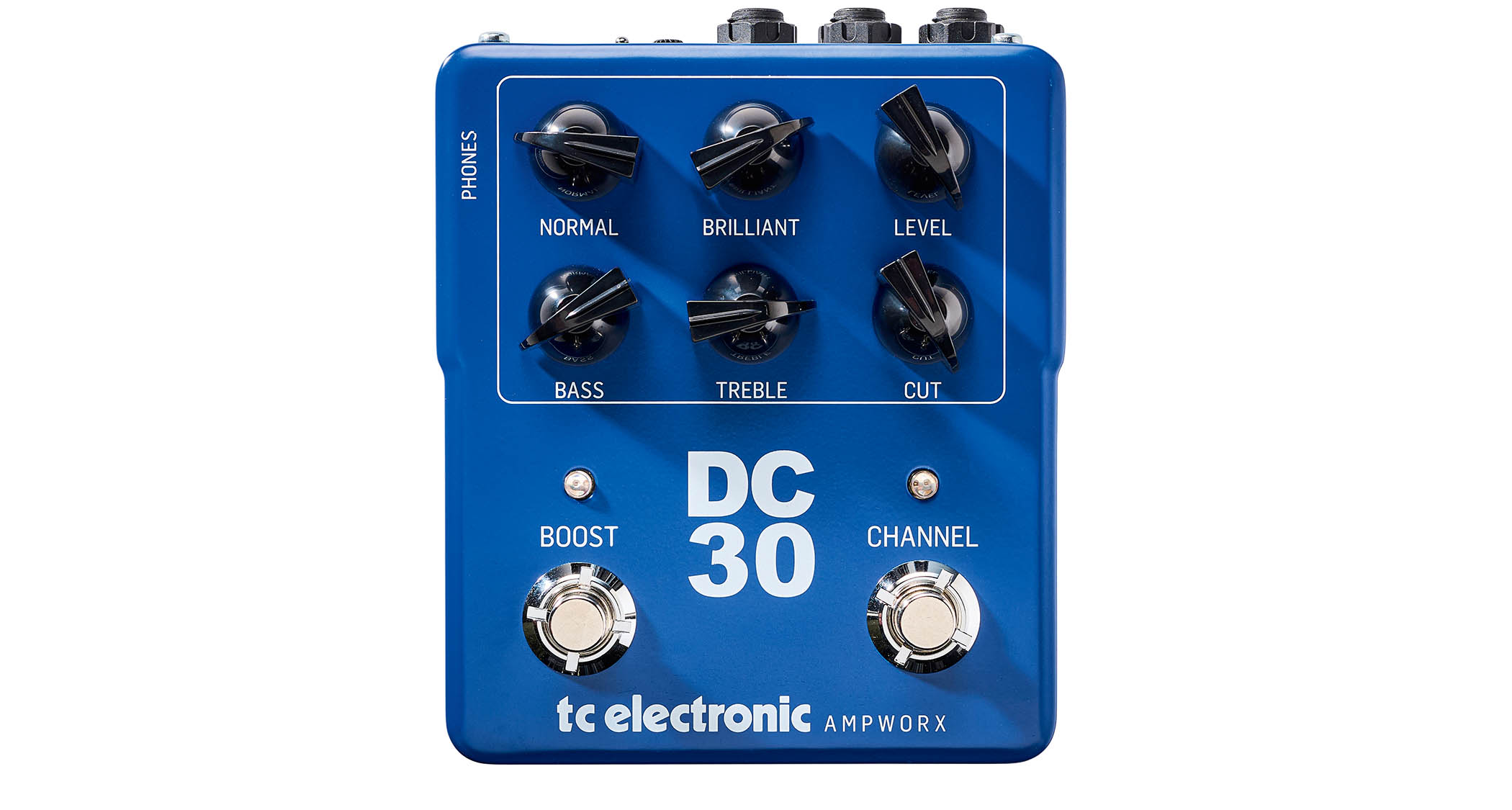
- PRICE: £129
- ORIGIN: China
- TYPE: Preamp pedal with modelled amp sound and speaker emulation
- FEATURES: Buffered bypass, 2x channels, speaker-emulated DI and headphone outputs
- CONTROLS: Normal, Brilliant, Level, Bass, Treble, Cut, Boost Gain, Pre/Post switch, Boost footswitch, Channel footswitch
- CONNECTIONS: Standard input, Standard Output, Standard TRS DI output, 1/8” headphones output, USB
- POWER: 9V adaptor (not supplied) 300mA
- DIMENSIONS: 112 (w) x 135 (d) x 50mm (h)
TC Electronic AmpWorx JIMS 800
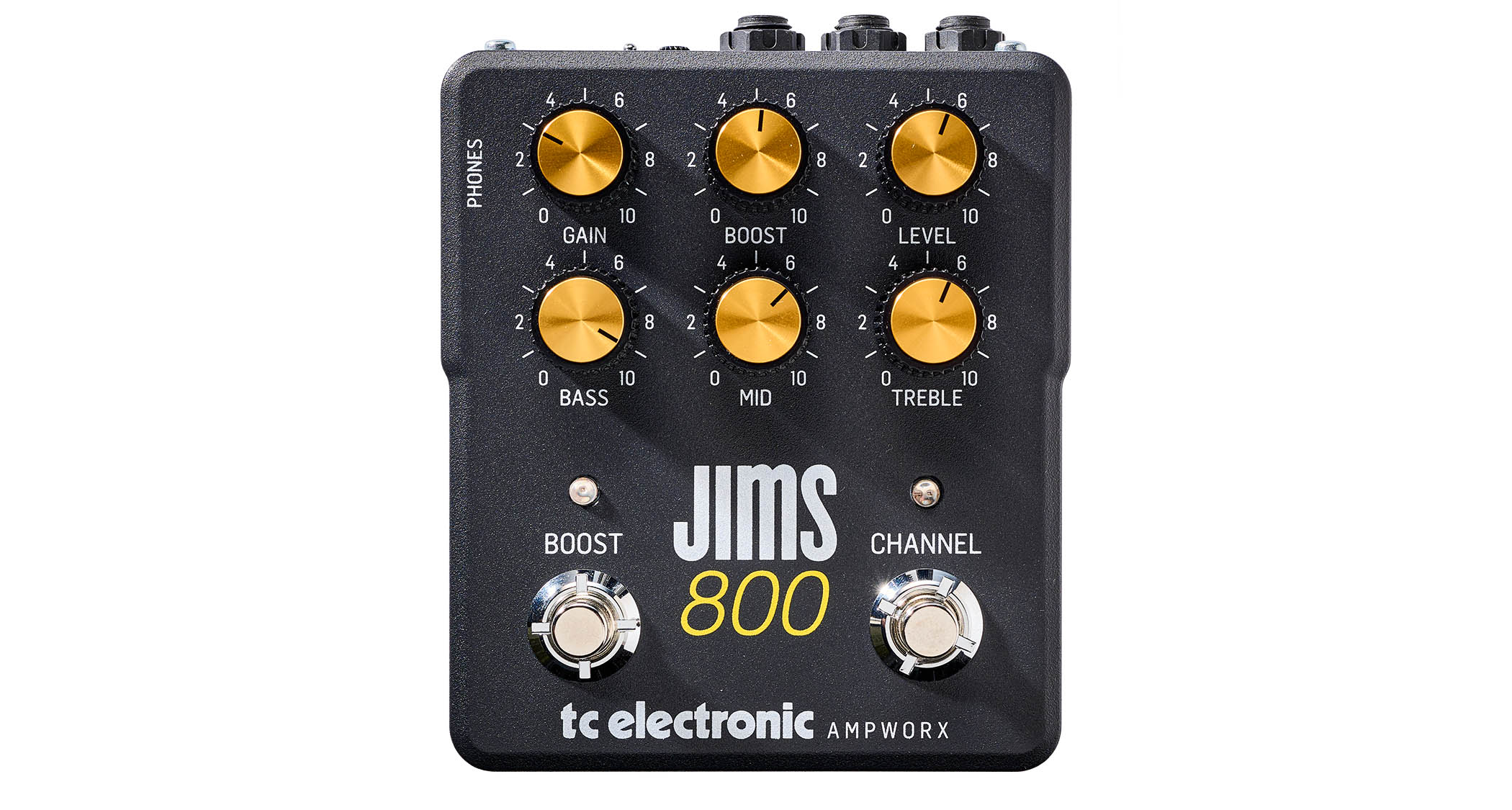
- PRICE: £129
- ORIGIN: China
- TYPE: Preamp pedal with modelled amp sound and speaker emulation
- FEATURES: Buffered bypass, 2x channels, speaker-emulated DI and headphone outputs
- CONTROLS: Gain, Boost, Level, Bass, Mid, Treble, Presence, Pre/Post switch, Boost footswitch, Channel footswitch
- CONNECTIONS: Standard input, Standard Output, Standard TRS DI output, 1/8” headphones output, USB
- POWER: 9V adaptor (not supplied) 300mA
- DIMENSIONS: 112 (w) x 135 (d) x 50mm (h
- CONTACT: TC Electronic
Trevor Curwen has played guitar for several decades – he's also mimed it on the UK's Top of the Pops. Much of his working life, though, has been spent behind the mixing desk, during which time he has built up a solid collection of the guitars, amps and pedals needed to cover just about any studio session. He writes pedal reviews for Guitarist and has contributed to Total Guitar, MusicRadar and Future Music among others.
